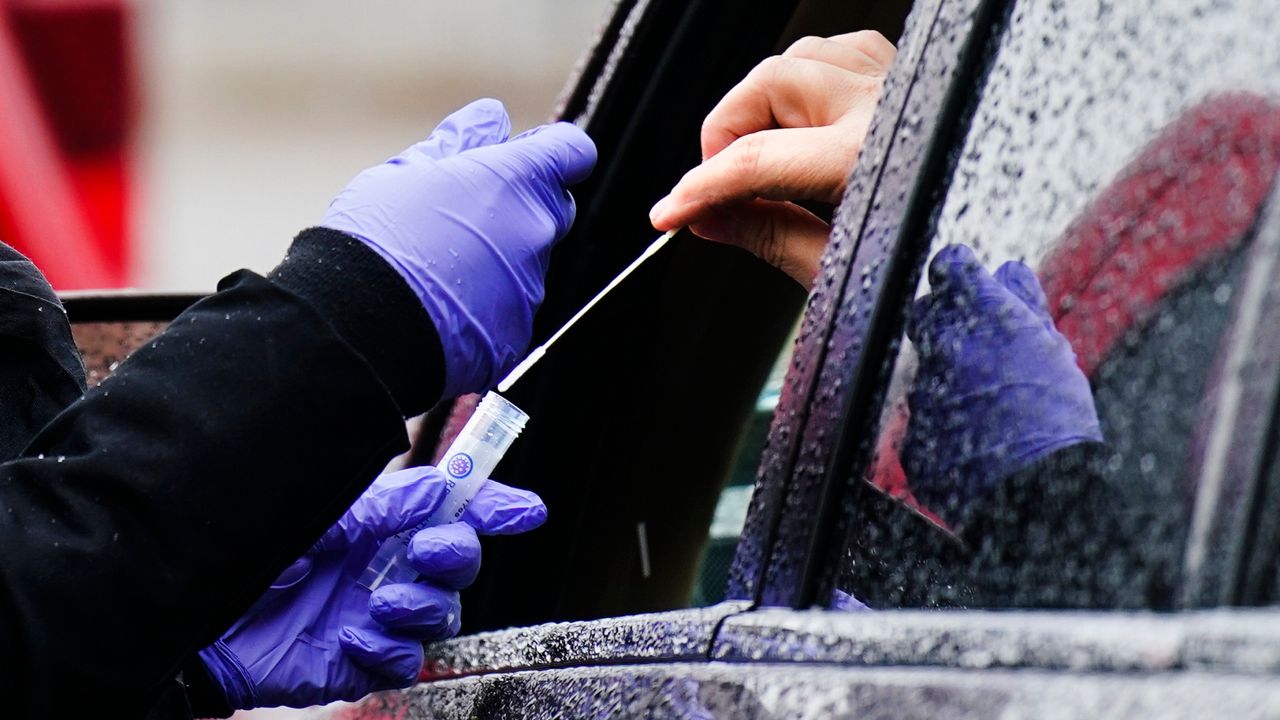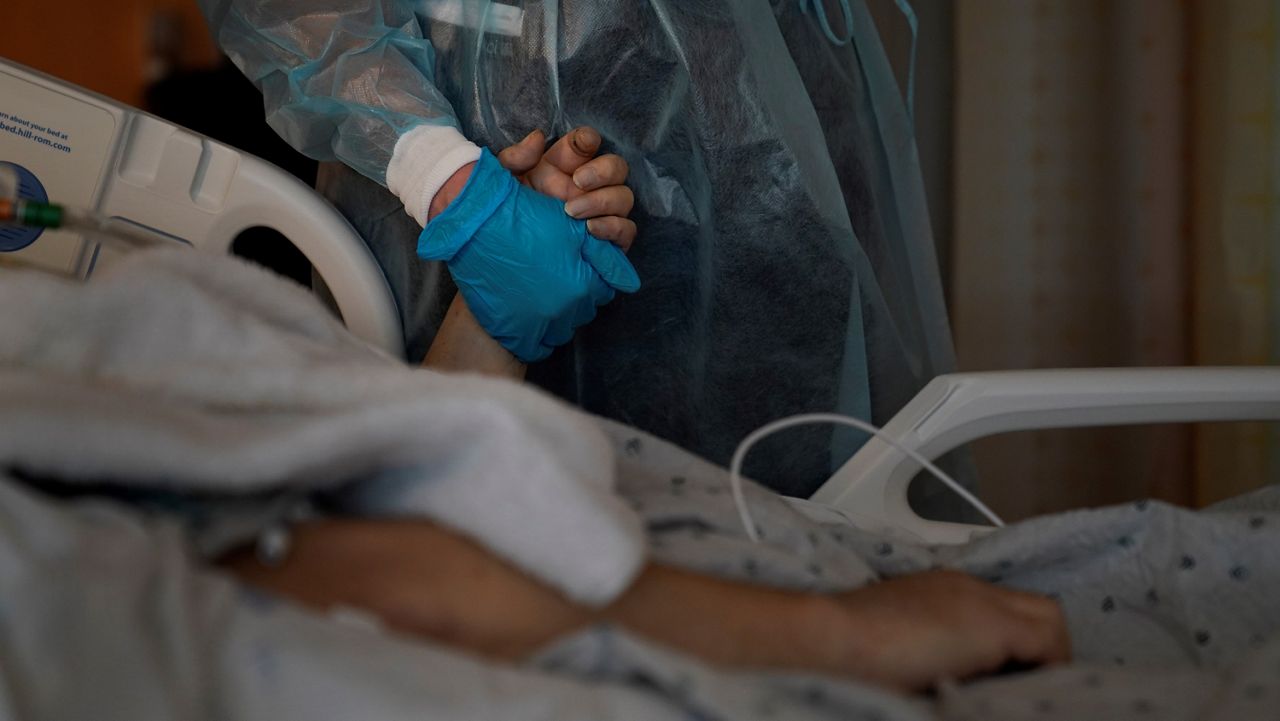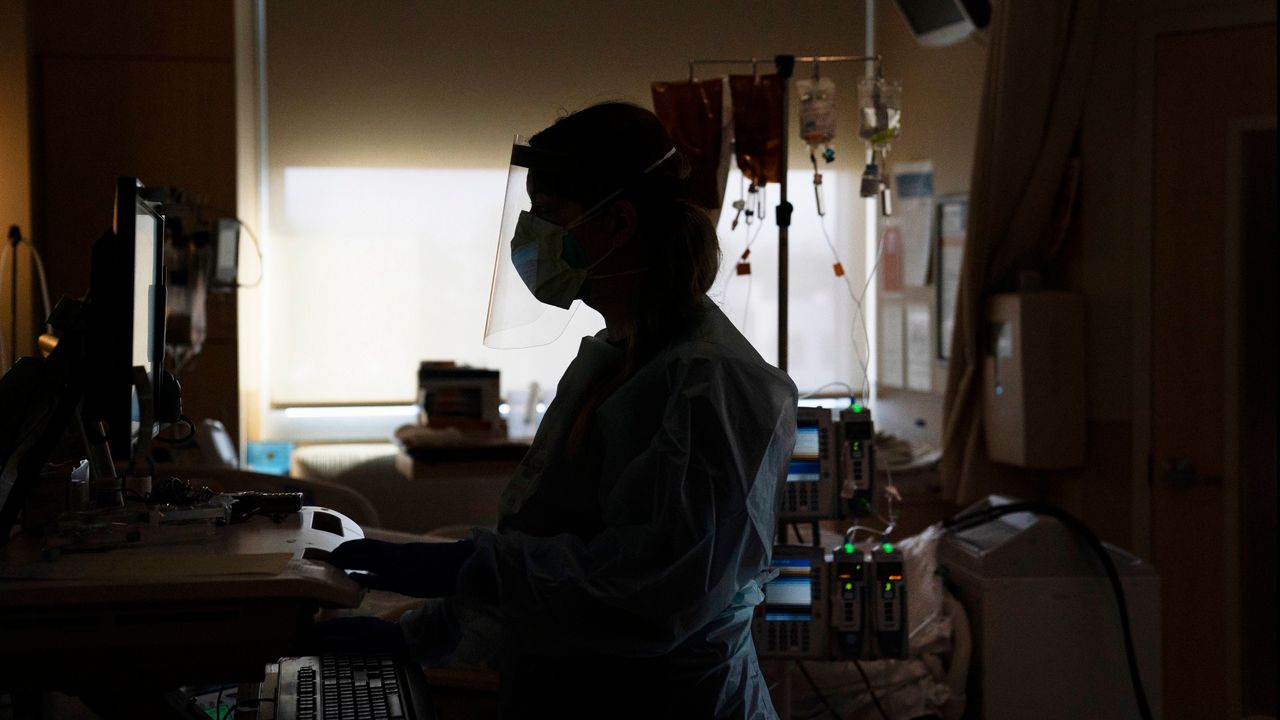MILWAUKEE — Almost three months in, the Badger State’s rollout of COVID-19 vaccines is reaching new heights.
Wisconsin’s turnaround for getting its shots into arms is now among the best in the nation. Recently, we’ve seen the vaccination plan move forward with new residents joining the vaccine pool, new shots authorized for use, and new resources for finding an appointment.
Here, we dive into the latest vaccine developments to know here in the Badger State.
More Wisconsinites now eligible
As of March 1, the vaccine line in the Badger State has opened up to new groups.
Wisconsin expanded its eligibility to more residents in Phase 1B after making good progress on getting shots to its earlier targets. Here are the newly added groups, in order of priority:
Educators and child care workers
Individuals enrolled in Medicaid long-term care programs
Some public-facing essential workers, including 911 operators, utility and communications infrastructure, public transit, and food supply chain
Non-frontline essential health care personnel
Congregate living facility staff and residents
The move adds around 700,000 Wisconsinites to the vaccine line, according to DHS estimates. And, of course, groups that were already eligible — including health care workers, long-term care facilities, first responders, and adults 65 and up — are still able to get their shots as well.
Teachers, in particular, are a big focus for the state’s vaccination plan right now. While not every teacher will be able to get a shot right away, DHS Deputy Secretary Julie Willems Van Dijk estimated that they will have access within the next few weeks.
“We’re going to get you a vaccine,” Willems Van Dijk said at a media briefing. “We cannot get every one of you a vaccine on March 1.”
Local health departments are creating plans to vaccinate teachers in their areas, and then sending them to DHS to create a “master schedule,” Willems Van Dijk said.
Health providers have already started holding vaccine clinics for educators across Wisconsin, and more mass vaccination sites are planned for the coming weeks — including in Milwaukee and Madison, home to the largest school districts in the state.
“We understand how important it is, both for the educators and for the children,” Milwaukee Mayor Tom Barrett said. “So we’ve attempted to move heaven and earth to make sure that we can get these vaccinations in people’s arms.”
Vaccine rollout has sped up
On Friday, Wisconsin passed a big milestone: More than one million Wisconsinites had gotten at least one dose of a COVID-19 vaccine.
As of Monday, more than 1.7 million shots have been administered in the Badger State, and more than 600,000 residents have completed their vaccine series for full protection. Over 60% of the state’s 65-and-older residents have gotten at least their first dose, the DHS reports.
“While we still have a long way to go, the light is certainly at the end of the tunnel,” Evers said in video for the occasion.
The pace of vaccinations has sped up since the start of the year. In the first week of January, vaccinators gave out 74,401 doses in total, according to DHS data; last week, that number rose to 265,594.
Part of the increase is because Wisconsin is simply getting more shots. Wisconsin’s allocation has jumped as production of Pfizer and Moderna doses has ramped up.
The state has also risen in the ranks for getting those shots in arms. Wisconsin faced criticism at first for its relatively slow pace and logistical challenges in the rollout. But these days, the Badger State is one of the most efficient in the nation at giving out the shots it’s been allocated.
Willems Van Dijk said that the state was “on a roll.”
“I promised you we would improve, and we’re improving,” she said at a media briefing. “It’s the story of slow and steady progress right now.”
Last week, Wisconsin also expanded its vaccine providers to include Pick ‘n Save and Metro Market locations across the state. These Kroger stores will join Walgreens as part of a federal retail pharmacy partnership to get more shots into arms.
Johnson & Johnson vaccines added to the mix
Another factor is set to boost the state’s vaccination plan moving forward: Johnson & Johnson’s one-shot vaccines are ready to roll into Wisconsin after receiving FDA authorization.
Wisconsin is expecting its first shipment of around 48,000 J&J doses this week, and the shots will be prioritized for educators at first, DHS officials said.
In clinical trials, the J&J shots had an overall efficacy rate of 66% of preventing any symptomatic COVID-19 cases. That rate was slightly higher, at 72%, for only the U.S. participants — but lower than the outstanding rates for the Pfizer and Moderna shots.
Still, experts have stressed that the J&J shots are very good at preventing the most serious COVID-19 outcomes. In trials, the vaccines cut severe illness by 85%, and no participants who got the shot were hospitalized or died from COVID-19.
The shots have some practical advantages, too. Unlike the Pfizer and Moderna shots that were previously authorized, the J&J vaccines only require a single dose for full protection. They also don’t need extra-cold storage, and can be transported and stored at refrigerated temperatures, which will help with some of the logistical challenges of vaccine distribution.
So, while the three available vaccines aren’t exactly the same, they are all safe and effective. DHS officials encouraged Wisconsinites to get whichever vaccine they have access to first.
“We strongly encourage you to take whichever vaccine you are offered when it is your turn,” DHS Interim Secretary Karen Timberlake said in a statement.
The J&J vaccine works a little bit differently from the Pfizer and Moderna versions.
J&J’s shot is based on a weakened common cold virus — one that can’t replicate inside your body or make you sick — also known as an adenovirus. The adenovirus smuggles into your cells a piece of DNA with instructions on how to build the coronavirus’s signature spike protein.
Your cells use the DNA from the vaccine to produce spike proteins, which are harmless on their own, but can serve as “target practice” for your immune system. This way, if the real coronavirus comes along, your body will be ready to fight it off.
New resources for booking your shot
On Wednesday, the DHS launched its statewide vaccine registry to help residents schedule shots with local providers.
When the registry went live, only one site — the DHS-run Rock County Community-Based Vaccination Site — was available for scheduling. Since then, sites have been added in Wauwatosa, Green County, Green Lake, La Crosse, and St. Croix, and the state said more providers will be added over time.
Through the registry, you can put in your information to check that you are eligible for the shots and book appointments if they’re available at local sites. And if you aren’t on the vaccine list yet, you can still sign up to get notifications once you do become eligible.
The DHS also recently launched a statewide map showing where vaccinators are located across the state. Though you can’t book actual appointments through this tool, you can see who’s getting doses in your area — from local providers to community clinics to pharmacies — and whether they are open to the public.
And, for Wisconsinites who need help booking an appointment or have questions about the vaccine, the state now has a toll-free hotline at 844-684-1064. The call center is meant to offer personal assistance for Wisconsinites navigating the vaccination process, and especially help out anyone who doesn’t have access to the internet.
When’s it my turn?
The DHS hasn’t yet released its guidance for the next priority groups. But Willems Van Dijk said they plan to finalize and share their Phase 1C list this week.
This next group will probably include Wisconsinites under the age of 65 who have pre-existing health conditions, as the CDC recommends. DHS officials said they’re working on decisions about which conditions to include, in an effort to protect those most at risk for COVID-19 without overwhelming the vaccine infrastructure.
“It’s complex to try to hit the notes just right,” Willems Van Dijk said.
An expert group that advises the DHS has previously discussed adding more groups of essential workers as part of Phase 1C as well.
For everyone else, the wait for a vaccine shouldn’t be too much longer: President Joe Biden announced last week that the U.S. will have enough shots for every adult by May. That’s two months faster than previous estimates had shown.
Willems Van Dijk said the new target is a “very realistic goal” for Wisconsin, though actually getting all those shots into arms will probably continue into the summer.
For now, experts in Wisconsin and beyond said it’s critical to keep doing what we can to stop the spread as the life-saving vaccines keep rolling out. Especially with the growing concerns about coronavirus variants — including the variant originally found in South Africa, which was identified in Wisconsin last week — measures like masking, social distancing, and staying home are important as you’re waiting for your shot.
Got your shots? Here’s what you can do, safely
If you’re in the growing group of Wisconsinites who have gotten vaccinated, the CDC released new guidelines on Monday for what activities are safe.
Once you are fully vaccinated — as in, two weeks past getting your second Pfizer or Moderna shot, or two weeks past your only Johnson & Johnson shot — you can feel free to gather with small groups of other vaccinated people, the CDC said. With everyone in the group vaccinated, it’s OK to gather indoors without masks or social distancing, according to the new guidance.
It’s an important first step to get back to our new normal, officials said.
"We know that people want to get vaccinated so they can get back to doing the things they enjoy with the people they love," CDC Director Dr. Rochelle Walensky said Monday.
Vaccinated people can also gather with unvaccinated people from one other household, the guidelines say, as long as they consider the risk levels of the group.
For example, grandparents who have gotten their shots can get together with their family members who are still waiting for their shots. But they should keep wearing masks if anyone in the unvaccinated household is at high risk of severe COVID-19 cases.
Fully vaccinated people can also skip quarantine and testing if they were exposed to COVID-19 as long as they aren’t showing symptoms, according to the CDC.
In public settings, though, even vaccinated people should keep following public health precautions and wearing masks. And everyone should still avoid nonessential trips, shots or no shots, Walensky said.
We are continuing to learn about whether people can spread COVID-19 after getting their shots. So even though vaccinated people have very low risk themselves, they should help look out for their unvaccinated neighbors, the new guidelines emphasize.
"Still over 90 percent of the population is not yet vaccinated," Dr. Walensky said. "It is our responsibility to make sure in the context of 60,000 new cases a day that we protect those who remain unvaccinated and remain vulnerable."









